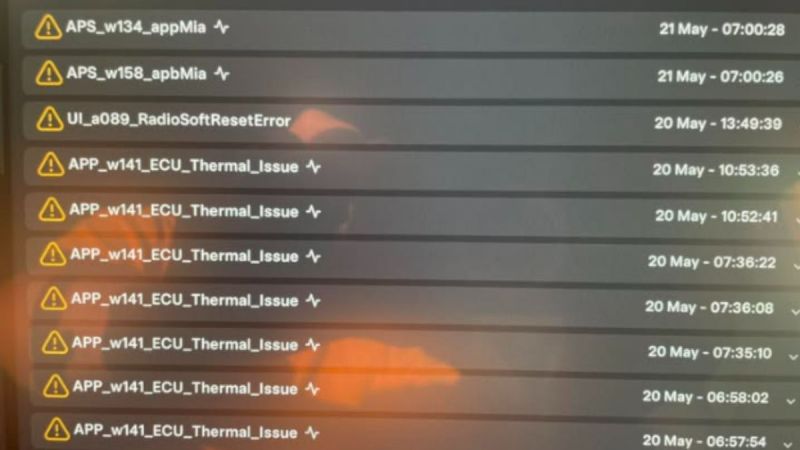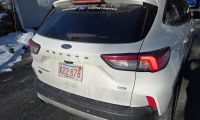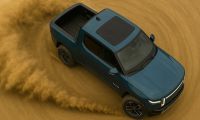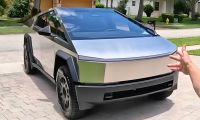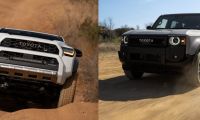There’s a difference between knowing a system isn’t perfect and feeling stranded by it. For many Tesla owners, Full Self-Driving (FSD) is a daily tool that is relied on, especially for long-distance trips. But when things go wrong and it stops working, even basic Autopilot becoming unavailable, the frustration sets in fast. That’s the kind of frustration I saw from Tom Jacques, a Model Y owner who shared his story in the “St Louis Tesla Enthusiasts” Facebook group. He said, “Just completed a 2k mile road trip and FSD was almost Useless. Even basic AP was Unavailable. This is what I found this morning in the service menu. Before I book a service visit, what am I looking at for a repair?”
As shown above, Tom also posted a photo of his alerts, revealing multiple thermal issues and application faults. The number and variety of alerts make it seem like this wasn’t just a one-time glitch. It’s a situation that resonates with many Tesla drivers who’ve experienced sudden issues with Autopilot and FSD, especially during software transitions or hardware stress under road trip conditions.
Other Tesla Owners Share Their Experiences
Tom’s situation is far from isolated. Todd Knauer chimed in under the same post with a story that, while not identical, shared the same unsettling theme: “I'm nearing the end of a 6,000+ mile road trip and I did have a similar issue where the red hands came up and 2 errors came up, but FSD was disabled. I pulled over and turned the system off from the menu and then back on again and everything was back to normal and working. I was worried I would have to finish the trip without FSD which would have been painful.”
His workaround worked, but it also highlights a deeper concern about whether drivers should be responsible for troubleshooting semi-autonomous systems on the roadside just to make it home comfortably. Not everyone would know how to handle this kind of thing.
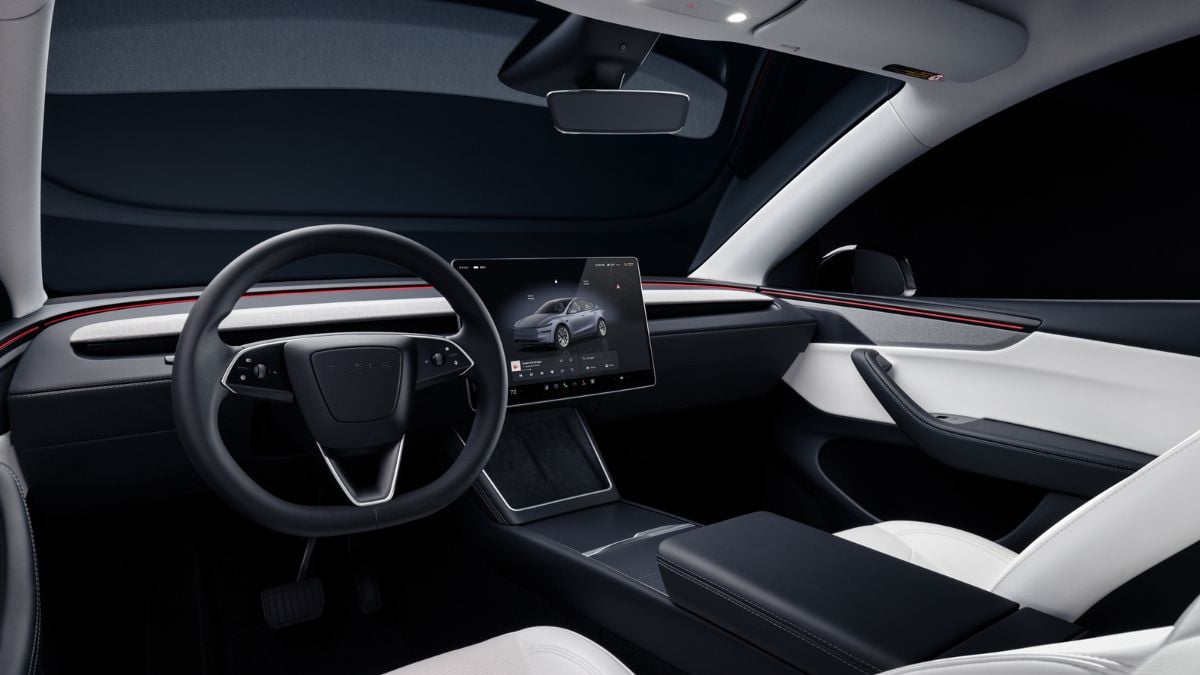
Dan Brown believes he has an idea of the issue: “It’s a cooling issue. Bet they'll replace the entire computer ($3,500 ish) rather than troubleshoot the actual cooling problem.”
That's really not far-fetched, because the alerts from the pictures Tom shared do show us some thermal issues. Tesla’s onboard computer handles massive processing loads, especially with FSD beta engaged. Long drives in warm conditions can easily tip the balance. If thermal regulation falters, it’s likely the system will disable itself to prevent damage.
This might sound similar to other owner frustrations, such as the one shared in this real-world example where a Tesla Model Y camera broke, leading to a $3,300 quote and a feeling of being let down by the very technology that drew them to Tesla in the first place.
Tim Lucas added another perspective: “My biggest issue with FSD right now is that it can't keep a remotely consistent speed and I have to keep tapping the accelerator to nudge it back up. It's especially annoying when it passes someone and then slows down. I'm on HW3 but I've heard this isn't really a problem on HW4. Hopefully they get it figured out soon or get us the HW4 upgrade that's supposed to happen (at some point). Past that, I don't really have any issues with FSD. Keep us updated on what happens with service and if their repairs end up fixing your FSD.”
Louie Spinner replied to Tim, emphasizing a subtle but important downgrade: “I definitely preferred the previous FSD where you set an actual speed and not simply a mode. Even if you set it at the upper limit now, you have to nudge it, as you said, to get it to consistently go that speed.”
It’s this kind of inconsistency that makes long-distance travel with FSD more stressful than it should be. Drivers expect the car to handle the highway portions smoothly. When FSD doesn’t do its job properly though, drivers are left managing a system that’s not quite fully autonomous, but one that still demands frequent intervention.
Hardware vs. Software Experience
What makes Tom’s experience even more frustrating is that Tesla has, over time, pushed updates that improve some aspects of the system while regressing in others. Owners who’ve upgraded to a new Tesla often note that the newer models feel quieter and smoother, but that doesn’t always mean the driver-assist features work better.
Add to that the idea that even if something breaks under warranty, you may still be left dealing with logistics that aren’t convenient. One owner recently shared how Tesla’s mobile service drove 2.5 hours from out of state to fix a headlight issue, which is an impressive show of support, but also a reminder of how service logistics can be both a strength and a limitation in certain situations.
A Bigger Question About Trust
Tom’s case adds another layer to a larger conversation about driver trust as well. When you’re behind the wheel of a vehicle that advertises semi-autonomous capability, it’s natural to expect the basics like speed consistency and error-free operation. But as more owners publicly share concerns, the line between beta testing and ownership continues to evolve.
Some, like this Tesla owner who recently switched to a Rivian R1T, are deciding they’ve had enough and are switching brand altogether. Others are leaning further in, hoping future software or hardware updates finally fulfill the promise Tesla made years ago.
As someone who spends a lot of time talking to owners and diving into stories just like this, I think Tom’s experience illustrates something Tesla fans and critics both understand. This tech is amazing when it works, but it’s the uncertainty that becomes exhausting for many. If FSD can’t be trusted on long drives today, then what good is its promise for tomorrow?
We’ve now reached a stage where people aren’t just asking if this kind of innovation can exist, but asking if it can be relied on across state lines and under real-world pressure. As someone who’s watched EVs evolve rapidly over the past few years, I’ve come to appreciate that user experience is what defines whether a car is considered revolutionary or regrettable. Tesla still holds the spotlight in this aspect in my opinion, but what it does next with that spotlight will determine how long they keep it.
Key Takeaways for Drivers
- Long road trips could stress-test Tesla’s Full Self-Driving more than daily commutes, revealing issues you might not catch otherwise.
- Cooling and hardware issues could silently disable your Autopilot systems, even without a warning. Always check your service menu after a long haul.
- A simple reboot might fix the issue, but that doesn’t change the fact that owners are left in charge of diagnosing what’s supposed to be a self-driving system.
- FSD’s inconsistency with speed and lane behavior remains a top complaint, especially for those still on Hardware 3.
- Tesla’s service can be incredible in moments, like this owner’s journey from frustration to appreciation through a Tesla Model Y upgrade, but the bigger concern is whether you’ll need that service more than you expected.
Let’s Hear from You
Have you ever taken your Tesla on a long trip and had FSD or Autopilot fail unexpectedly? Or has the experience been seamless so far?
What are your thoughts on Hardware 3 versus Hardware 4? Do you think Tesla should upgrade more customers for free? Or is the transition just part of the growing pains?
Your experiences matter to us, as hearing opinions helps us all see the bigger picture. Don't hesitate to share in the comments below.
Aram Krajekian is a young automotive journalist bringing a fresh perspective to his coverage of the evolving automotive landscape. Follow Aram on X and LinkedIn for daily news coverage about cars.
Image Sources: Tesla Gallery and the “St Louis Tesla Enthusiasts” public Facebook group.


